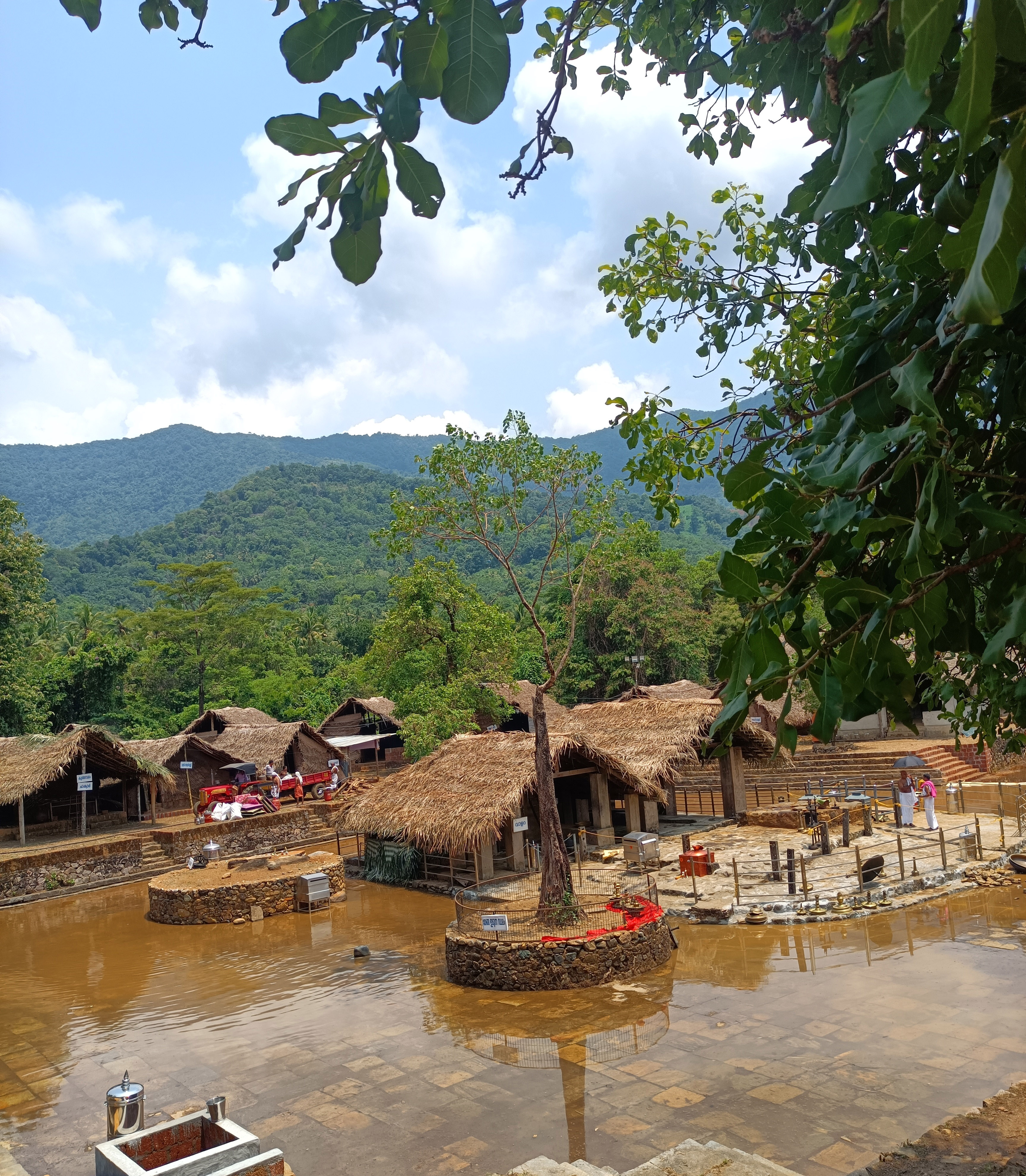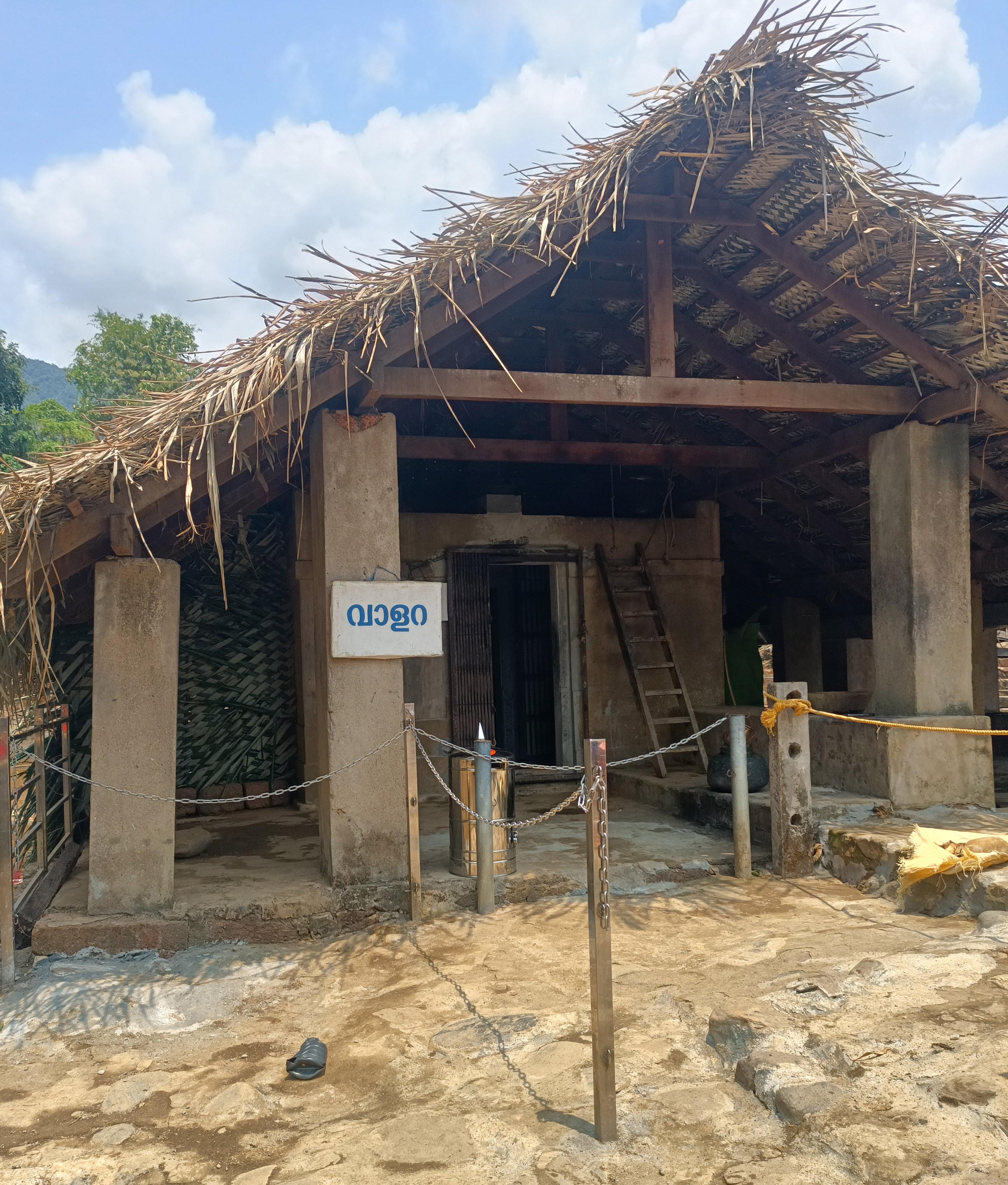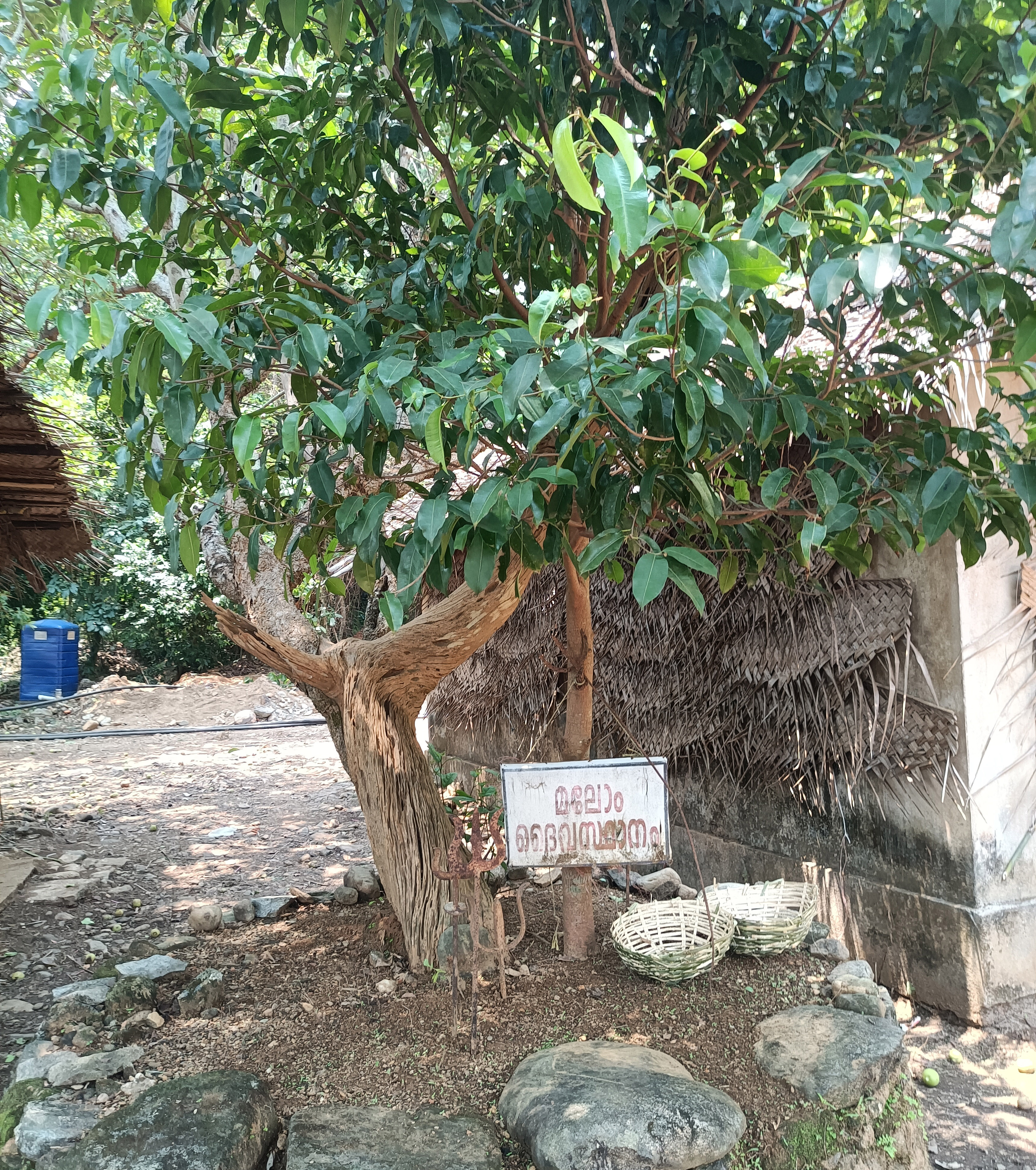Kottiyoor Temple: Explore Kerala's Unique Forest Shrine & Vaisakha Mahotsavam 2025

For those who love eco-tourism, the temples of Kerala are ideal places to visit, especially the sacred groves (Kavus). From the local Kavus in rural Kerala to famous temples, they offer abundant sights that soothe both the eyes and the mind. Kavus embody the wild beauty of banyan trees and various other species, intertwined with creepers and dense foliage. The joy derived from the carvings and granite pillars in the larger temples is ineffable.
Akkare Kottiyoor Temple
Among the temples of Kerala, Akkare Kottiyoor Temple stands out due to the uniqueness of its rituals and its distinctive construction. Here, the temple and its associated buildings are temporarily constructed with thatched roofs only during the Vaisakha Mahotsavam festival. Akkare Kottiyoor Temple is situated on the banks of the Bavali River, against the backdrop of the forest, on the border of Kannur and Wayanad districts. The proximity of the forest and river, along with the coolness of the thatched temple complex, creates an experience that must be felt to be truly understood. The Ikkare Kottiyoor Temple is located on the other side of the Bavali River. Akkare Kottiyoor Temple is also known as Truchherumanna Temple and is referred to as Dakshina Kashi.
Kottiyoor Vaisakha Mahotsavam
The Vaisakha Mahotsavam, held in late May and June, is the special festival of Kottiyoor Temple. The festival lasts for 27 days, from the Chothi star in the Malayalam month of Edavam to the Chithira star in Mithunam. It commences with Neyyabhishekam (ghee offering) and concludes with Kalashattom (ablution with sacred pots). Ilanneerattam (tender coconut offering) is another important ritual. There is also a ceremony involving the procession of a sword from Muthirerikkavu in Wayanad. It is believed that this is the sword used by Veerabhadran to slay Daksha.

Access for devotees to Akkare Kottiyoor Temple is restricted to the period of the Vaisakha Mahotsavam. Ikkare Kottiyoor Temple, on the other hand, is a typical temple with a nalambalam (outer structure) and sreekovil (sanctum sanctorum). It is believed that the Shivalingam in Akkare Kottiyoor is Swayambhu (self-manifested). During the Vaisakha Mahotsavam, temporary temples are traditionally constructed using palm and coconut leaves.
Entry Restrictions for Women
There are certain restrictions on entry for women at Akkare Kottiyoor Temple. Women are not permitted to enter before the Bhandaram Ezhunnallathu (procession of the treasury) enters the Akkare temple, and after the Uchaseeveli (noon procession) on the Makam star day. In 2025, the Bhandaram Ezhunnallathu will enter the Akkare temple on the night of June 9th. Therefore, women will not have entry to Akkare Kottiyoor before June 9th and after June 30th.
Rituals and Special Days of Kottiyur temple 2025
- Prakkoozham: May 12
- Neer Ezhunnallathu: June 2
- Neyyattom: June 8
- Bhandaram Ezhunnallathu: June 9
- Thiruvonam Aradhana: June 15
- Ilanneer Veppu: June 17
- Ilanneerattom Ashtami Aradhana: June 18
- Revathi Aradhana: June 20
- Rohini Aradhana: June 24
- Thiruvathira Chathussatham: June 26
- Punartham Chathussatham: June 27
- Ayilyam Chathussatham: June 28
- Makam Kalam Varavu Kalam Pooja: June 30
- Atham Chathussatham Valattom & Kalasha Pooja: July 3
- Thrikalashattu: July 4
A Kottiyoor Travel Experience
In 2023, my wife and I once visited Kottiyoor Temple on a day when entry for women had not yet begun. We had gone based on hearsay that it was a time when women were permitted. Since my wife was not allowed entry, I walked alone to Akkare Kottiyoor. My wife stayed in the spacious hall of Ikkare Kottiyoor Temple.

The market area around Kottiyoor Temple was still quite bustling. The entire region was preparing to welcome the upcoming Vaisakha Mahotsavam. Most shops had Odappookkal (flowers made by crushing the tips of bamboo shoots) for sale. It is said that before slaying Daksha, Veerabhadran tore off his beard. Odappookkal are believed to symbolize Daksha's beard. It is also believed that they symbolize the gray beard of Sage Bhrigu, who was the chief priest of the Daksha Yaga.
Blood from Stone!
Akkare Kottiyoor is across a river. I walked there, crossing a small bridge. The river had very little water, and the sandbanks were covered with numerous round stones carried down from the mountains. Some people rub these stones together and apply the paste obtained as a chandanakuri (sandalwood mark). It is believed that rubbing the stones from this river will draw blood. There is a story related to the discovery of Shiva's divine presence at Kottiyoor Temple. A local woman once went to the area now known as Akkare Kottiyoor to cut grass for her cows. When she sharpened her sickle on a stone, blood flowed from it. (It is also said that blood flowed when a youth from the Kurichya community sharpened an arrow.) This is how the divine presence of Shiva was revealed here.
Legend Associated with Kottiyoor Temple
Daksha, the father of Sati Devi, wife of Lord Shiva, decided to perform a grand Yaga (sacrificial ritual). He invited everyone across the fourteen worlds but deliberately excluded Shiva and Sati Devi. Sati Devi, however, had an intense desire to attend her father's Yaga. With Shiva's permission, Sati Devi set out for the Yaga. However, Daksha insulted her. Unable to bear the grief and humiliation, Sati Devi immolated herself in the sacrificial fire. Upon hearing this, the enraged Lord Shiva struck his matted hair on the ground, creating the fierce deity Veerabhadran. Veerabhadran beheaded Daksha. This video can help you learn more. To appease Lord Shiva's wrath, the Devas and Rishis intervened. Since Daksha's head had been shattered, the legend says that Shiva revived Daksha by replacing his head with that of a goat and completed the Yaga.
In the Temple Courtyard
I have now arrived at Akkare Kottiyoor Temple. Even though it hasn't rained heavily, the temple courtyard still has knee-deep water. As you wade through it, you see numerous srigopurams (temple towers) constructed with palm leaves. The offices of the Devaswom Board, police, and fire force are all made of palm leaves. This unique atmosphere of Kottiyoor Temple is found nowhere else among the temples of Kerala.